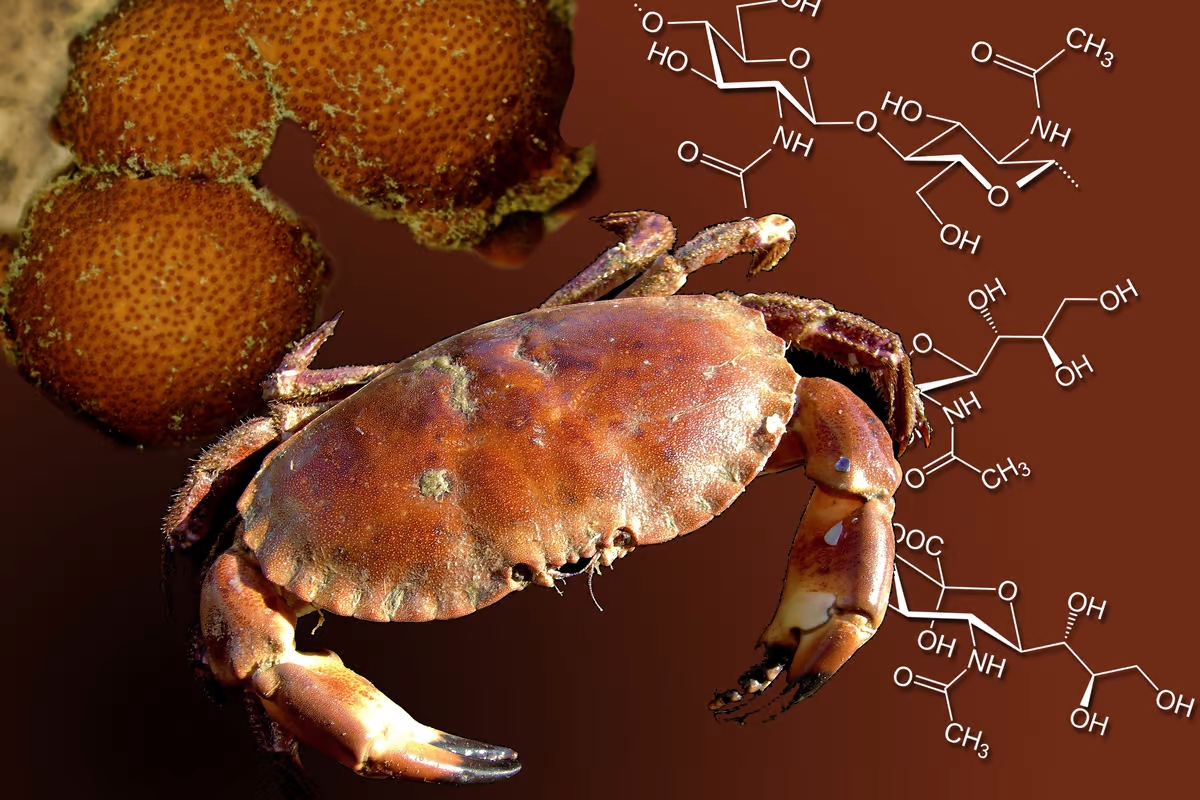
And a possible replacement for plastic
Crabs and lobsters … they’re not just for eating, anymore. Chitin, one of the main components of their exoskeletons, has recently found use in things such as self-healing car paint, biologically-compatible transistors, flu virus filters, and a possible replacement for plastic. Now, something else can be added to that list. Researchers from the Vienna University of Technology are developing a technique in which chitin is being used to cheaply produce a currently very-expensive source of antiviral drugs.
Many presently-used antiviral drugs are derived from N-Acetylneuraminic acid, also known as NANA. The substance can synthesized or obtained from natural sources, but in either case it is very costly – at about 2,000 euro (US$2,626) a gram, it is approximately 50 times more valuable than gold.
To produce cheaper NANA, the Vienna scientists introduced bacterial genes into a very common fungus called Trichoderma. Normally, the fungus feeds on chitin and breaks it down into monomer amino sugars. With the addition of the new genes, however, a couple of extra steps are added to the process, with the chitin ending up as – you guessed it – N-Acetylneuraminic acid.







